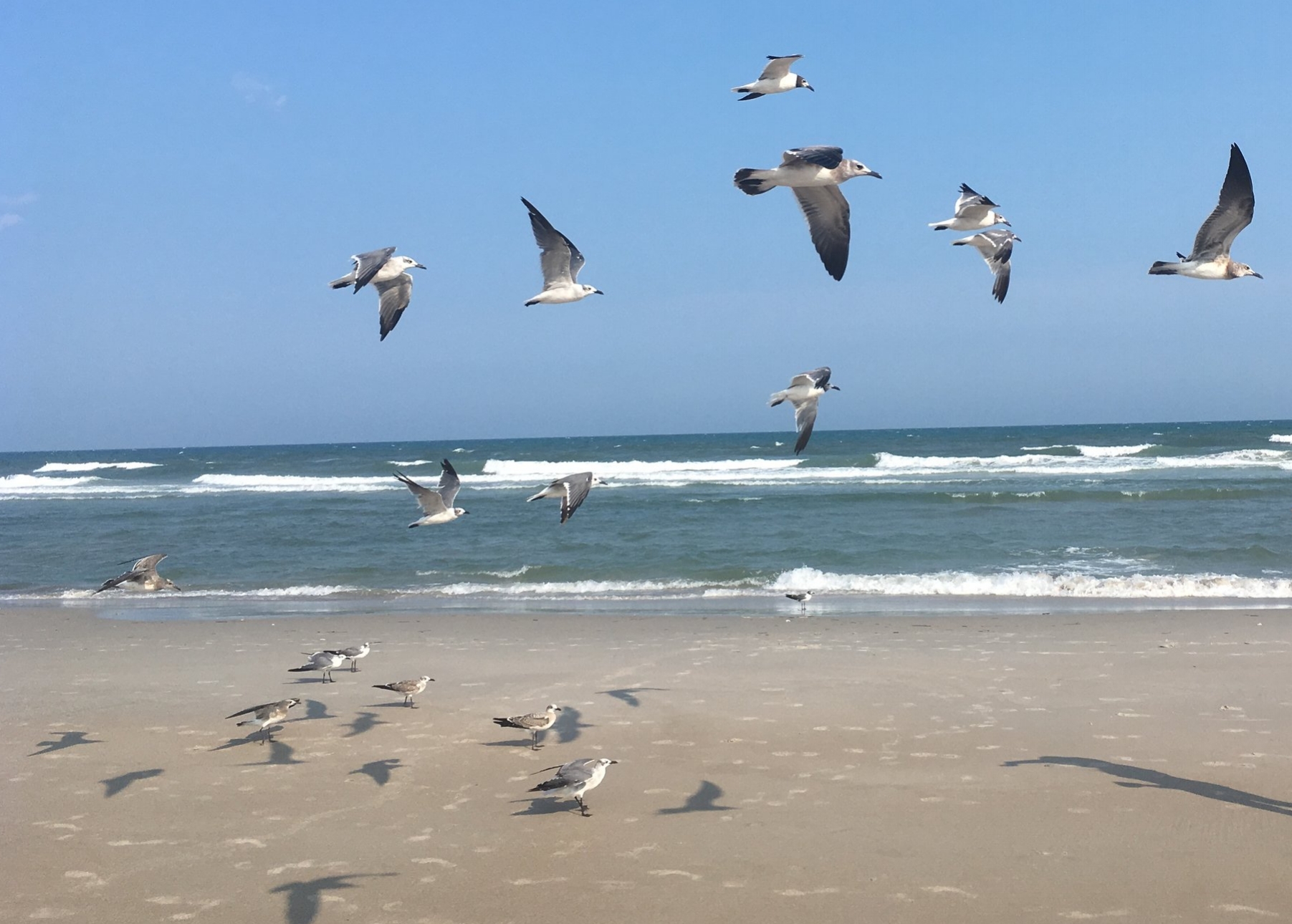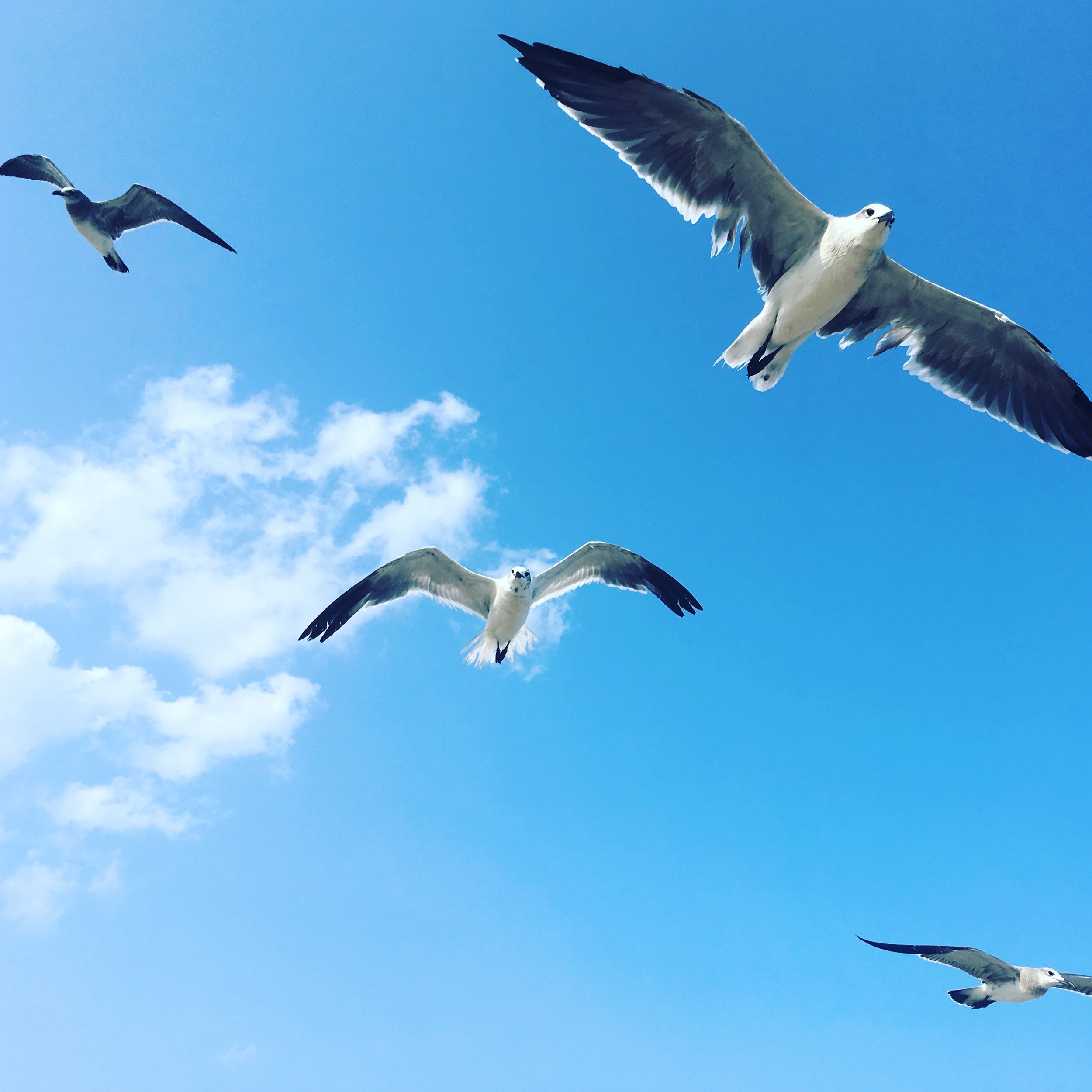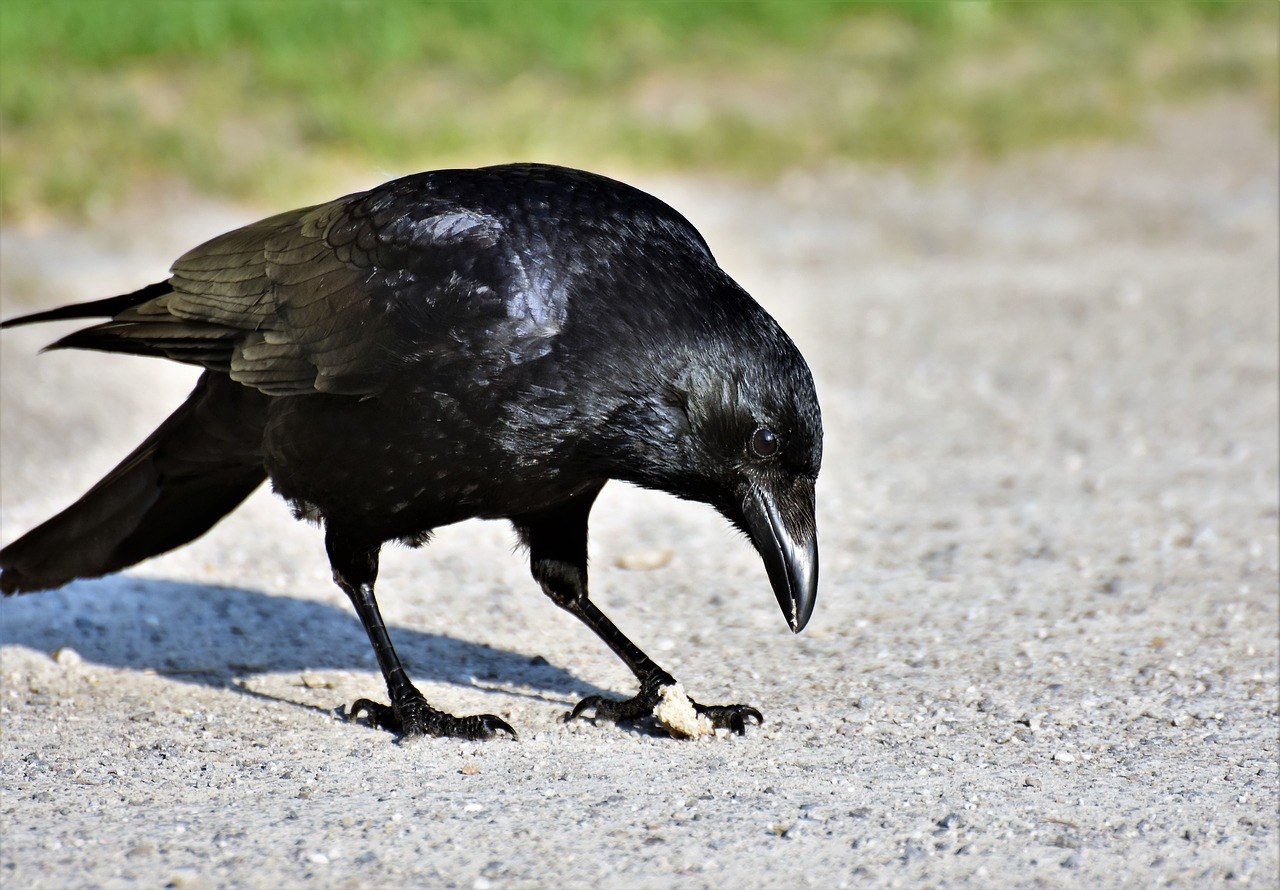Ravens are planners, just like people, a forward-thinking skill that requires a good dose of smarts.
The Secret Life of Seagulls
I'm not sure how you feel about seagulls. Love 'em. Hate 'em. Don't care. At all.
I've always seen them as a bit pesky. With all the caw-cawing and waiting for dropped food and such. Kind of like I used to see crows, until I learned that, far from being pesky, they're just really, really smart. Turns out seagulls aren't so dense either. Check out these seagull facts and see if maybe your "eh" turns into "love."
-Gulls have been seen using tools: for instance, a herring gull used pieces of bread to bait fish. When dropping clams and mussels onto rocks to crack them open, they know to drop heavy ones from lower heights and lighter ones from higher heights. And they're crafty, able to steal fish from other seabirds. Like pelicans, which have to drain water from their beaks before swallowing their catch: gulls wait nearby, and move in for the fish when they have an opening.
-They use a complex system of communication - lots of different sounds, and body movements, too.
-They can drink sea water: glands above their eyes flush excess salt out through their nostrils.
-They eat almost anything: fish, sea life, bugs, rodents, eggs, dead animals, plants, trash. To figure out what is edible, they have to use some brain power.
-Gulls are fantastic fliers. Don't take my word for it: watch as they hover motionless on a windy day.
-They have a highly developed social structure and nest in large colonies. They work together to mob predators and intruders. And while seagulls are monogamous, pairs sometimes split (usually over disagreements about raising a family). Divorcees may suffer social costs a few years after the split.
Not sure if that's enough to change your mind, but I'll look at these birds differently the next time I'm at the beach.
I'll probably look at pelicans differently, too: a few weeks ago, while I was sitting on the deck of a rented beach house with my cousins, one pelican flew overhead and unloaded on me. I was splattered from head (the gunk just missed my eye) to toe (my pants-legs were covered). Just call me Princess of the Pelicans.
The Super Smart Crow
For a long time, I rolled my eyes at crows. They were just big black birds that screeched and cawed and messed with other birds' nests. But now I know better.
Crows are smart in lots of ways, with problem-solving skills that rival those of a young child (see my earlier post). One example of their smarts is their use of tools.
Almost anything can be a tool in a crow's beak. They even take advantage of cars, dropping hard-to-crack nuts at strategic spots on roads. Cars roll over the nuts, popping them open and saving the crow a lot of work.
New Caledonian crows are the only animal (besides us people) that are known to make hooks in the wild. They pull off a thin branch, then remove small bits of wood near the the joint that had connected the branch to the tree or bush. The resulting hook can then be used to forage for bugs.
In experiments, these crows quickly and instinctively fashion hooks out of wire to do things like lift a tiny pail of meat from a clear plastic tube. In one example, two crows were presented with a hooked wire and a straight wire. One crow immediately grabbed the hooked wire, which was needed to get a tiny pail with food from a tube. But then the second crow bent the straight wire, making a hook to get the food. Neither crow had seen wire before.
New Caledonian crows can also use tools to get other tools, completing complex series of tasks to get to their final goal. In the video below, a crow completes eight distinct steps to get to his treat.
I'm thinking about conducting my own unscientific experiment at my home. Maybe I'll set up a platform with hard-to-get food and a few thin wires. If I can get a few crows to stop by, I'll sit back and watch what they do. The crows around here aren't quite as clever as those New Caledonian crows. But they're still smart. And they might just teach me something in the process.
____
pixabay.com
Thirsty crows and true fables
Remember Aesop's fable about the thirsty crow? The one that finds a half-filled glass of water, but isn't able to reach it's beak down into the glass to drink. Not to be discouraged, the crow gathers rocks and stones, dropping them into the glass and raising the level of water, until at last, it's able quench its thirst.
I read the fable at some point, probably in English class, and always thought it was a lesson in persistence and creative thinking. I didn't know it was a real phenomenon.
But it is. When presented with a similar situation - this time, with a bit of meat on a styrofoam disk floating in a tube of water for extra motivation - New Caledonian crows drop in rocks to raise the water level until they can reach the meat.
Through a range of challenges, the crows prove their causal thinking skills. If researchers set out heavy stones and "imposter" styrofoam stones, the crows preferentially choose the the heavy stones that will raise the water level. And if crows are presented with two tubes with food, but one with an already high water level and the other with a low water level, they go first to the tube with higher water.
Crows are smart. Their intelligence rivals that of dolphins and orangutans, and is up there with that of young children.
I used to think of crows as pests. After all, they made a mess at dumpsters and ate Robin eggs and blared their loud "caws" in nearby trees. But now, when I see a crow, I watch carefully to see what it's going to do next. Because it just might be something really interesting.
____
some info from: Jelbert SA, Taylor AH, Cheke LG, Clayton NS, Gray RD (2014) Using the Aesop's Fable Paradigm to Investigate Causal Understanding of Water Displacement by New Caledonian Crows.










